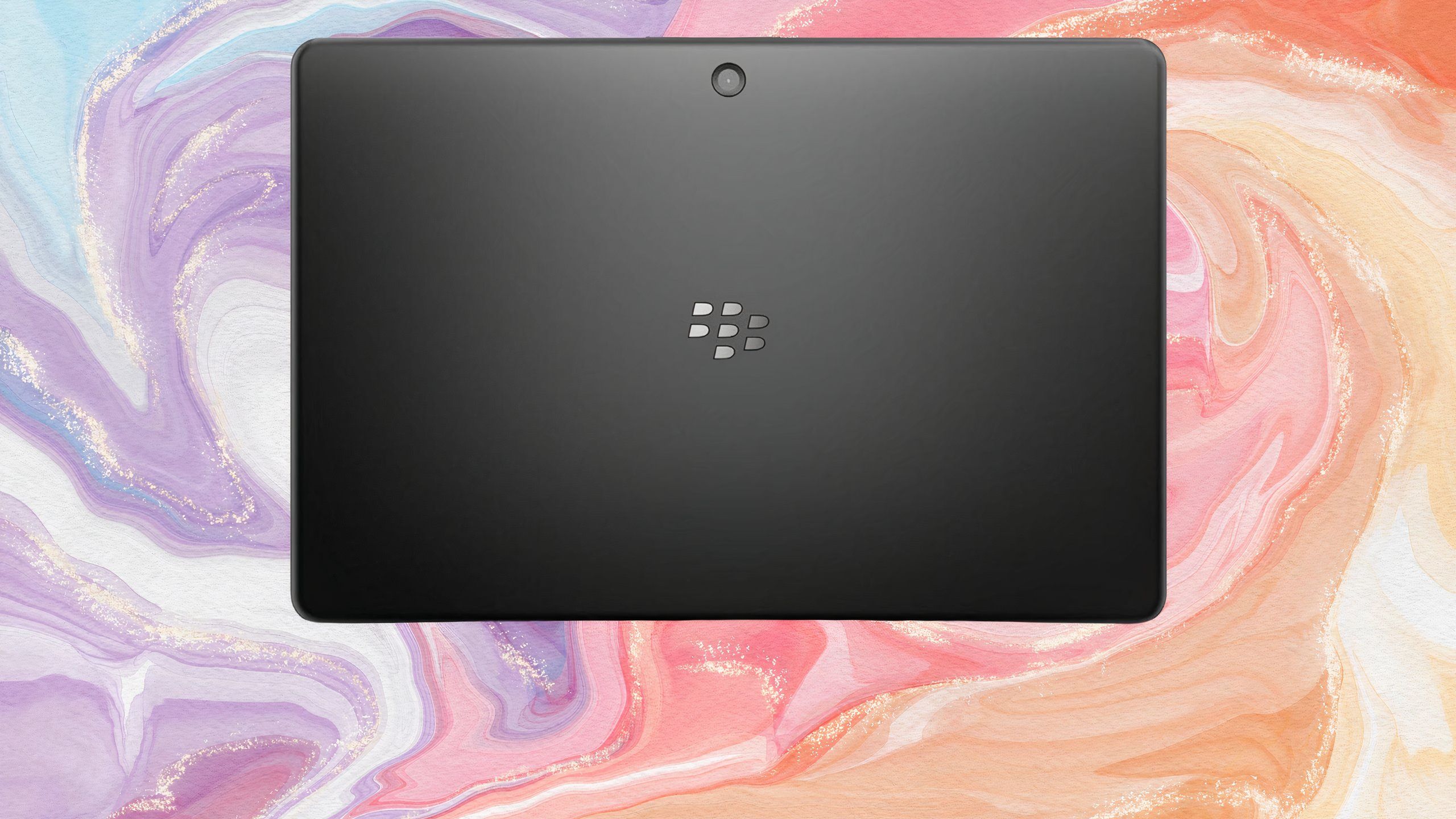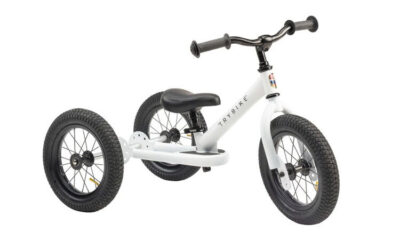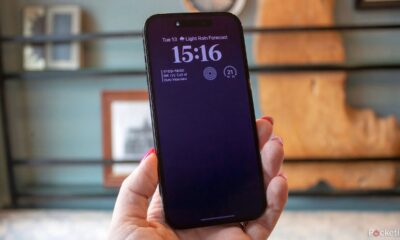Gadgets
The BlackBerry PlayBook was a tablet far ahead of its time

Summary
- Back in 2011, BlackBerry released both its first and last iPad competitor: the PlayBook tablet.
- The PlayBook was ahead of its time in many ways, shipping with features not available on competing tablet computers at the time.
- Ultimately, the PlayBook failed to compete with Apple’s iPad in the tablet market, largely down to a lack of app developer support.
When it comes to the consumer electronics industry, nothing excites me more than the tablet product category. The very notion of mobile-first computing is enticing: a single sheet of glass that serves as a vessel for productivity, creativity, and content consumption? Sign me up.
Back in the early 2010s, after the release of the first Apple iPad, the tablet industry was in a relative state of flux. There were a number of competing platforms, hardware makers, and software solutions all vying for a slice of the rapidly expanding market, and it was unclear who would come out on top.
Among these market players was BlackBerry — the Canadian phone maker that briefly dominated the pre-iPhone and Android handset scene with its line of business-oriented smartphones.
Some 13 years later, we can look back at the PlayBook in hindsight.
Blackberry would release its PlayBook tablet onto North American store shelves in April 2011, with much fanfare and hype surrounding its launch. At the time, BlackBerry (then known as Research in Motion or RIM) was still a somewhat dominant force in the mobile tech scene, and there were high hopes that the company’s expansion into the tablet market would prove successful.
Of course, history often plays out in hard to predict ways, and this is particularly true of the uber-competitive and dynamic tech landscape. Some 13 years later, we can look back at the PlayBook in hindsight, and see where BlackBerry went wrong (and right) with its ill-fated tablet PC.
BlackBerry PlayBook
BlackBerry’s 2011 attempt at creating a competitor to the Apple iPad, the PlayBook was a 7-inch tablet that ran the gesture-based BlackBerry Tablet OS.

Related
The history of Blackberry: The best BlackBerry phones that changed the world
BlackBerry was once a super-power in the smartphone market, here are some of the best phones to ever bear the iconic brand name.
In many ways, the BlackBerry Playbook was ahead of its time
Even though the tablet was innovative, it’s lack of a flourishing app market proved deadly
Physically speaking, the BlackBerry Playbook holds up well in 2025. The tablet’s chassis is plastic rather than a more premium material like aluminum, but it oozes quality nonetheless. Tolerances are tight, and there’s no creaking or flexing to speak of. Overall, I find the device handsome despite its prominent display bezels, which are certainly large by today’s standards.
The PlayBook is a rather compact tablet, housing a 7-inch display panel. The product launched before the so-called phablet revolution, in which smartphone screen sizes and dimensions would rapidly balloon in size. In this pre-XL smartphone landscape, 7-inch tablets like the Google Nexus 7 would go on to find some semblance of success.
For its time, the PlayBook’s specifications were fairly solid.
For its time, the PlayBook’s specifications were fairly solid — 1GB of RAM, a 1GHz dual-core processor, a screen resolution of 1024 x 600 pixels, and a choice between 16GB, 32GB, or 64GB of storage. Some aspects of the hardware package — such as the front-firing stereo speakers, or the dual HD cameras — were in fact ahead of the broader tablet curb.
The crowning jewel of the PlayBook, however, has got to be its software experience. BlackBerry boldly chose to develop a gesture-based navigation system for its new tablet, doing so far before Apple popularized the interface paradigm in 2017.

Related
Microsoft was right with Surface Duo: Two screens are better than one
Microsoft should never have killed its Surface Duo line of foldable phones – put simply, dual-screen mobile devices are an ideal form factor.
Uniquely, the PlayBook also included a touch-sensitive region within its front bezel, enhancing the usability of the then-novel gesture system. Perhaps more impressively, the PlayBook’s QNX-based operating system allowed for PC-grade multitasking out of the box: apps run in the background without switching into a ‘sleeping’ state like they do on modern-day iPadOS or Android.
-

 Destination8 months ago
Destination8 months agoSingapore Airlines CEO set to join board of Air India, BA News, BA
-

 Breaking News10 months ago
Breaking News10 months agoCroatia to reintroduce compulsory military draft as regional tensions soar
-

 Gadgets3 months ago
Gadgets3 months agoSupernatural Season 16 Revival News, Cast, Plot and Release Date
-

 Tech News12 months ago
Tech News12 months agoBangladeshi police agents accused of selling citizens’ personal information on Telegram
-

 Productivity11 months ago
Productivity11 months agoHow Your Contact Center Can Become A Customer Engagement Center
-

 Gadgets3 weeks ago
Gadgets3 weeks agoFallout Season 2 Potential Release Date, Cast, Plot and News
-

 Breaking News10 months ago
Breaking News10 months agoBangladesh crisis: Refaat Ahmed sworn in as Bangladesh’s new chief justice
-

 Toys12 months ago
Toys12 months ago15 of the Best Trike & Tricycles Mums Recommend























